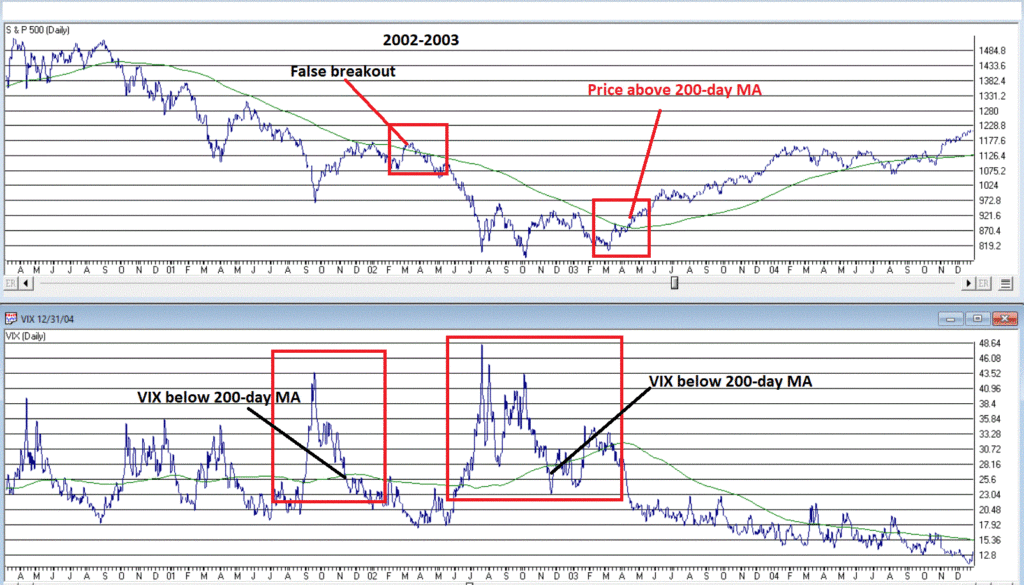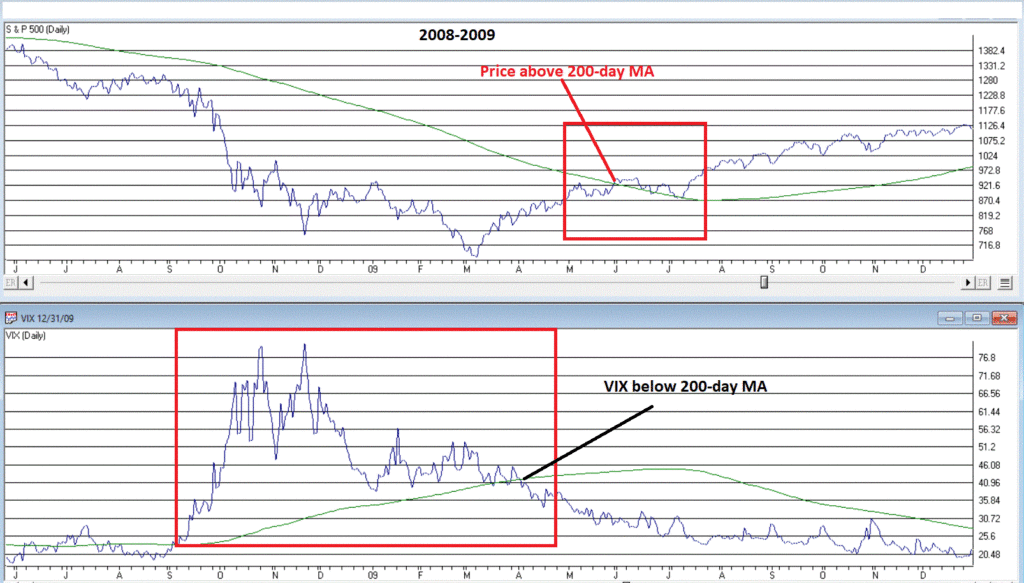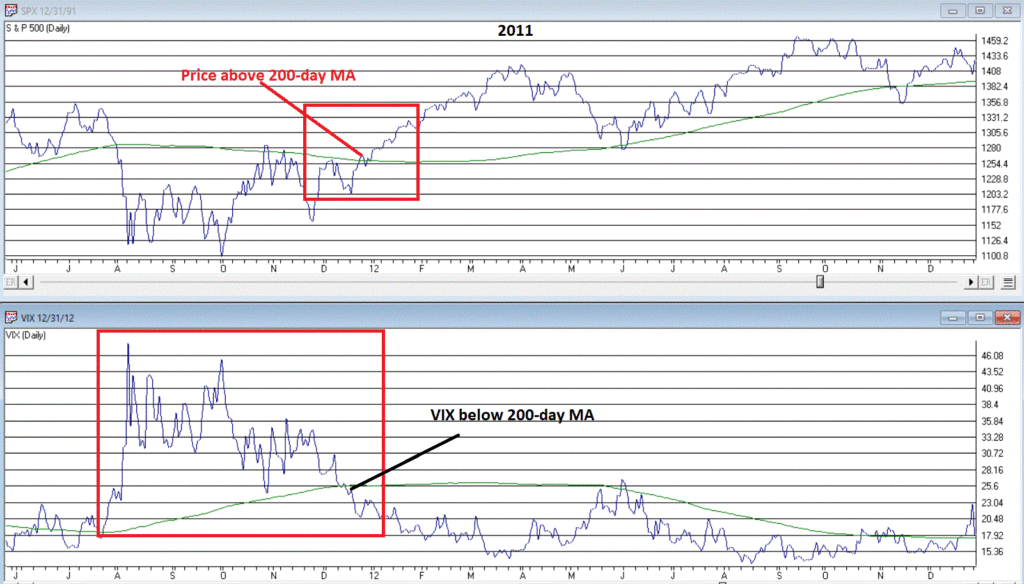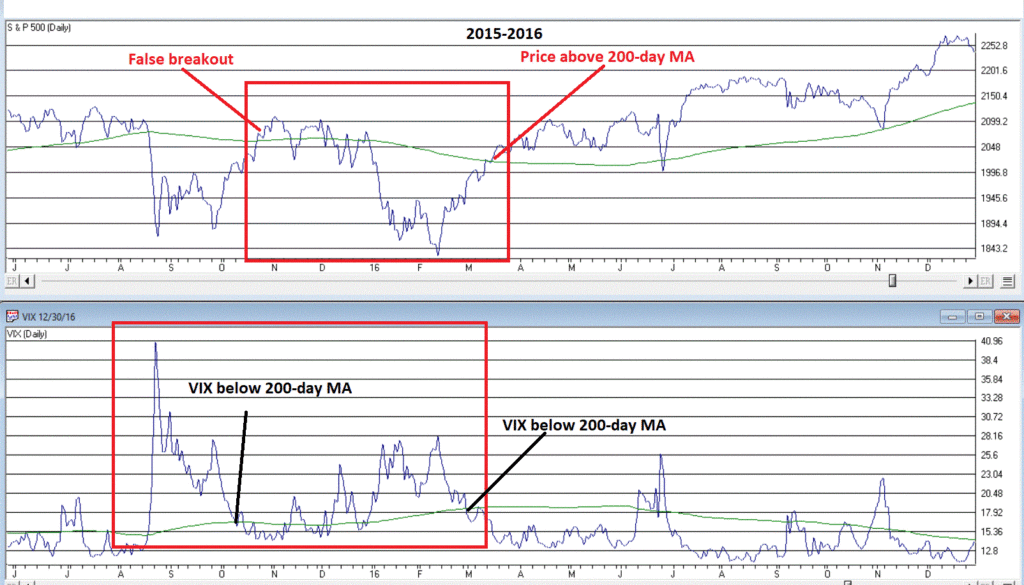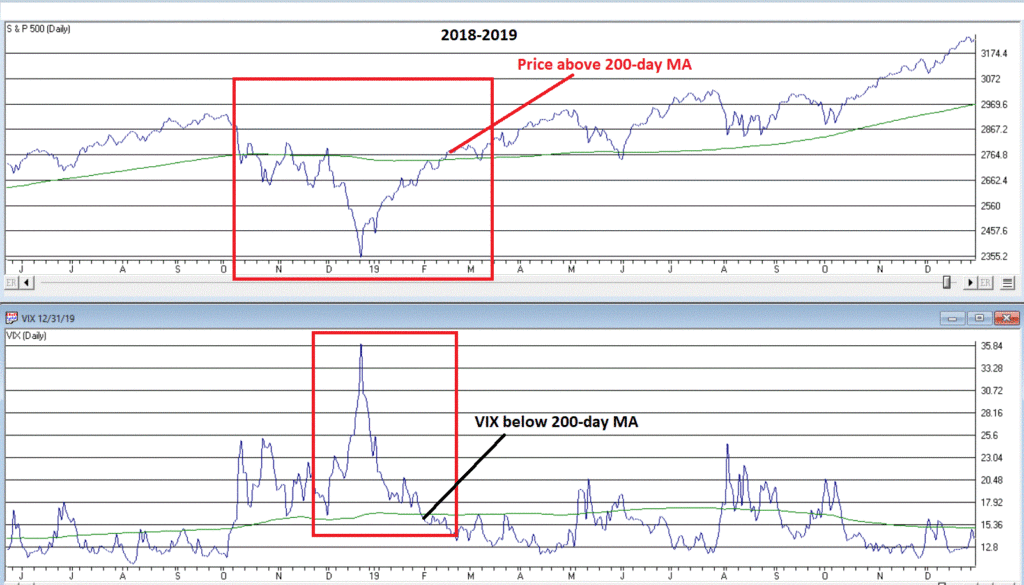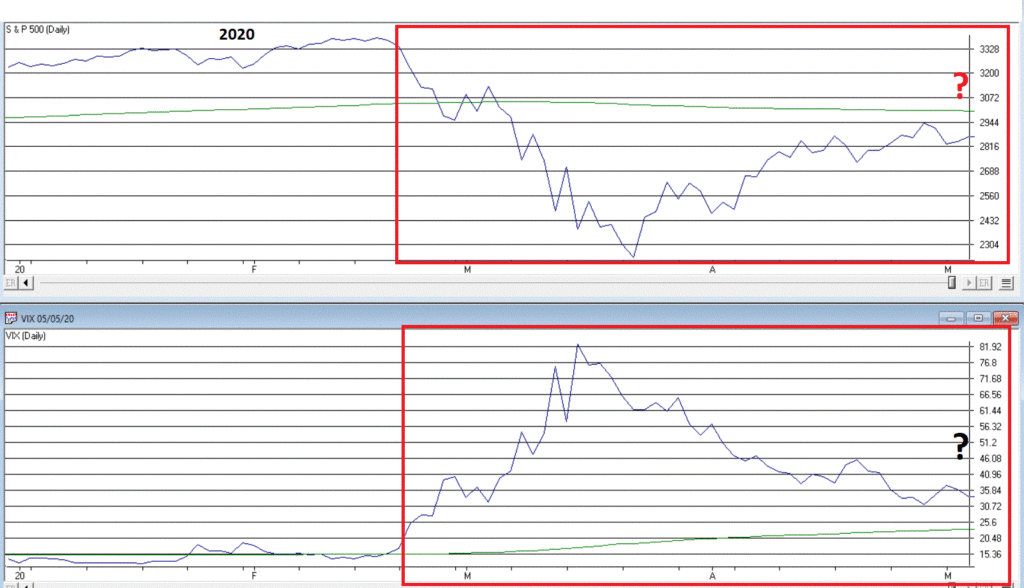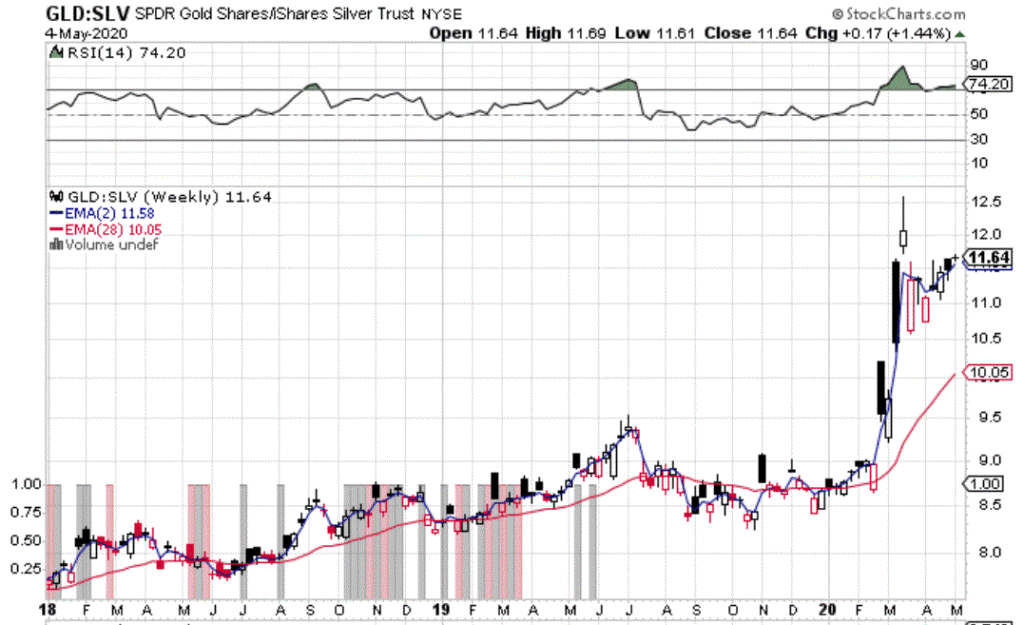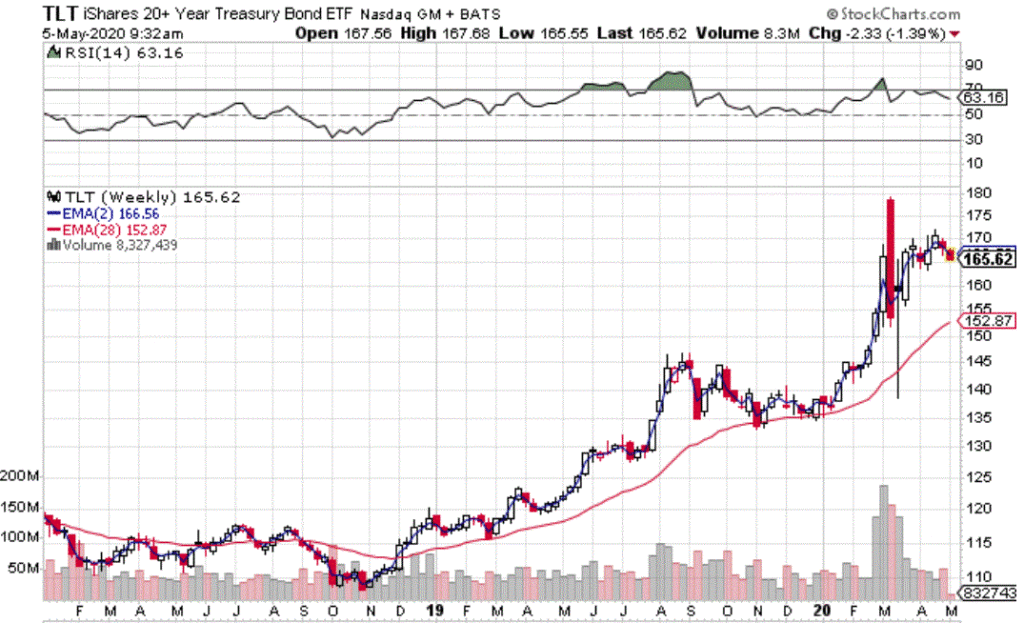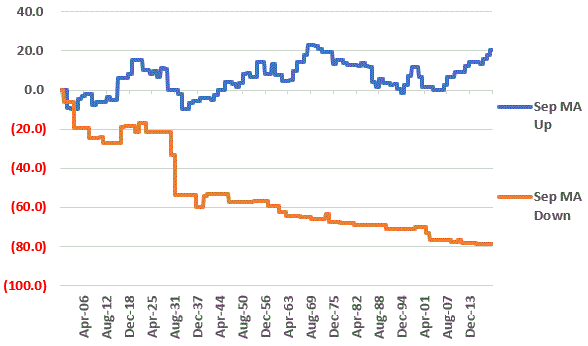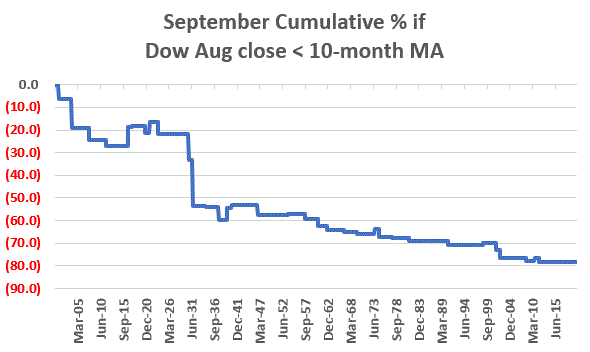First off, let’s be clear. I do think that we will look back on this time period as an outstanding buying opportunity in the energy sector. What exactly to buy and when exactly to buy it is a whole other question (although I have shared some thoughts on the topic here, here, here and here. That being said, I don’t know that the energy sector is poised to go “to the moon” anytime soon. There is a lot of turmoil:
*The March 2020 futures contract incredibly fell to -$37 a barrel
*The U.S. shale oil industry is in grave danger of mass bankruptcies
*Russia and Saudi Arabia have demonstrated that they are willing to create/absorb some instability in the oil market
*Will alternative energy sources become viable replacements for fossil fuels and what will that do to the overall industry
And so on and so forth. Basically, a thousand and one reasons to steer clear of the energy sector. Which of course is the number one reason to actually start looking more closely – the old adage of “buying when there is blood in the streets” does seem to be “ringing a bell”.
One Other Signpost to Consider
Figure 1 below is from this article posted on www.SeekingAlpha.com authored by Rida Morwa. I am going to be candid and say that I am not exactly sure what the red line in Figure 1 is measuring (more in a moment) – but the message appears to be pretty clear. Anyway, as I understand it, the red line in Figure 1 measures the current yield on high yield energy stocks minus….something – maybe higher grade energy stocks or a broader index of high grade corporate bonds – I found something similar at Morningstar.

Figure 1 – Energy Credit Spread vs. Oil (Source: Bloomberg and Crescat Capital LLC, courtesy www.SeekingAlpha.com)
In any event, it is hard to ignore the obvious “potential alert” that appears in Figure 1. In both 2008-2009 and 2015-2016 the credit spread soared and marked the bottom in crude oil. The red line in Figure 1 soared to an even higher new high in 2020 just as the price of crude oil cratered.
I don’t offer investment advice nor make specific recommendations. And I am not entirely convinced that crude oil and/or the broader energy sector is destined to rally significantly anytime soon. All that being said, now does have the earmarks of being a good time to stop hating the energy sector.
Ticker DBO (an ETF that tracks the price of crude oil future but DOES NOT focus entirely on the front month – which can help to mitigate the risks of contango that troubled the more actively traded ticker USO) may not do a thing. But trading under $6 bucks a share, it might look pretty good a few years from now.
Jay Kaeppel
Disclaimer: The information, opinions and ideas expressed herein are for informational and educational purposes only and are based on research conducted and presented solely by the author. The information presented represents the views of the author only and does not constitute a complete description of any investment service. In addition, nothing presented herein should be construed as investment advice, as an advertisement or offering of investment advisory services, or as an offer to sell or a solicitation to buy any security. The data presented herein were obtained from various third-party sources. While the data is believed to be reliable, no representation is made as to, and no responsibility, warranty or liability is accepted for the accuracy or completeness of such information. International investments are subject to additional risks such as currency fluctuations, political instability and the potential for illiquid markets. Past performance is no guarantee of future results. There is risk of loss in all trading. Back tested performance does not represent actual performance and should not be interpreted as an indication of such performance. Also, back tested performance results have certain inherent limitations and differs from actual performance because it is achieved with the benefit of hindsight.

